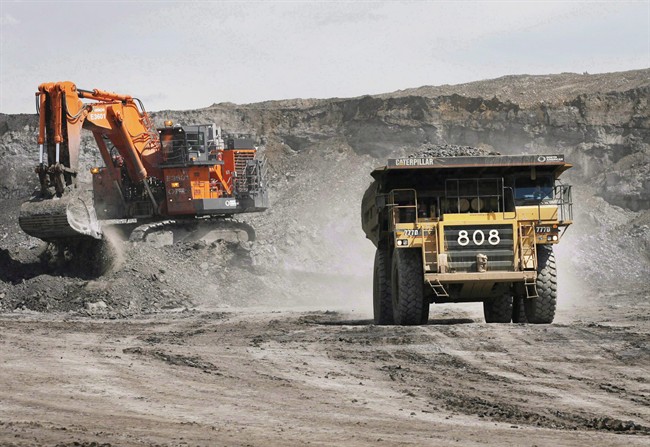EDMONTON – Environmental monitoring in the oilsands needs to be better focused and turn more data into information the public can use to understand what’s happening in the region’s ecosystem, an independent review of the system has concluded.

The review, released Monday, said the federal and provincial governments need to form a better idea of what the $50-million monitoring program is intended to accomplish.
“It’s very hard to hit the target if you haven’t defined what the target is,” said Philip Hopke, chairman of the six-member panel and head of an air monitoring centre at New York’s Clarkson University.
“For example, is the air monitoring really relevant to what the eco-toxicity people need to have in order to assess whether the oilsands is causing ecological damage? That question hasn’t, apparently, been looked at.”
Hopke gives the Joint Oilsands Monitoring Program a solid “B” grade for dramatic improvements in research on how oilsands development affects the local environment.
More sampling is being done over a wider area on a wider set of contaminants, Hopke said. Research designs make sense and the procedures used conform to international standards.
But he said scientists involved in studying air, land, water and biodiversity need to do a better job of talking with each other.
“The problem we see is that integration of the activities across the four components and within the four components is pretty limited,” said Hopke.
The program was set up in 2012 after intense criticism of how the Alberta government was doing the job. It was designed by federal and Alberta scientists and is run by both levels of government.
READ MORE: Alberta, Ottawa to release plan for oilsands environmental monitoring
The new program was initiated after scientific studies indicated that, while overall levels remained low, contaminants in the land and water around oilsands developments were increasing.
The review – the first into the three-year-old project – also concluded the program needs to convert its data into conclusions on which policy-makers can base decisions.
Referring to air pollution, it says “insufficient attention has been paid to the comprehensive analysis and interpretation of these data.”
A similar point is made about water: “The panel found few examples of comprehensive data assessment and analysis for the water monitoring component.”
On biodiversity, “limited analysis or integration of results has been done.
“It was evident to the panel that the implementation of (the program) has been rushed.”
“They haven’t done a very good job yet of pulling the pieces together,” Hopke said.
Fred Wrona, Alberta’s chief scientist on the program, said some of that assessment and analysis has begun since the panel began its work.
“We hope to have very significant analyses being done not only looking at the three years of data we’ve collected but also looking at historical information,” he said.
“We’re embarking on a more integrated approach in terms of how we’re going to be doing our planning and the design of the program.”
Wrona said bringing together two levels of government, multiple departments and scientists from many disciplines has been a huge task.
“We need to do a much better job to produce a much more integrated plan, making it clear to everybody what the objectives of the program are and how the information will be used and by whom in terms of making the data and conclusions much more policy relevant,” he said.
Wrona said the program’s first report bringing together different scientific disciplines should be out in the fall.

Comments